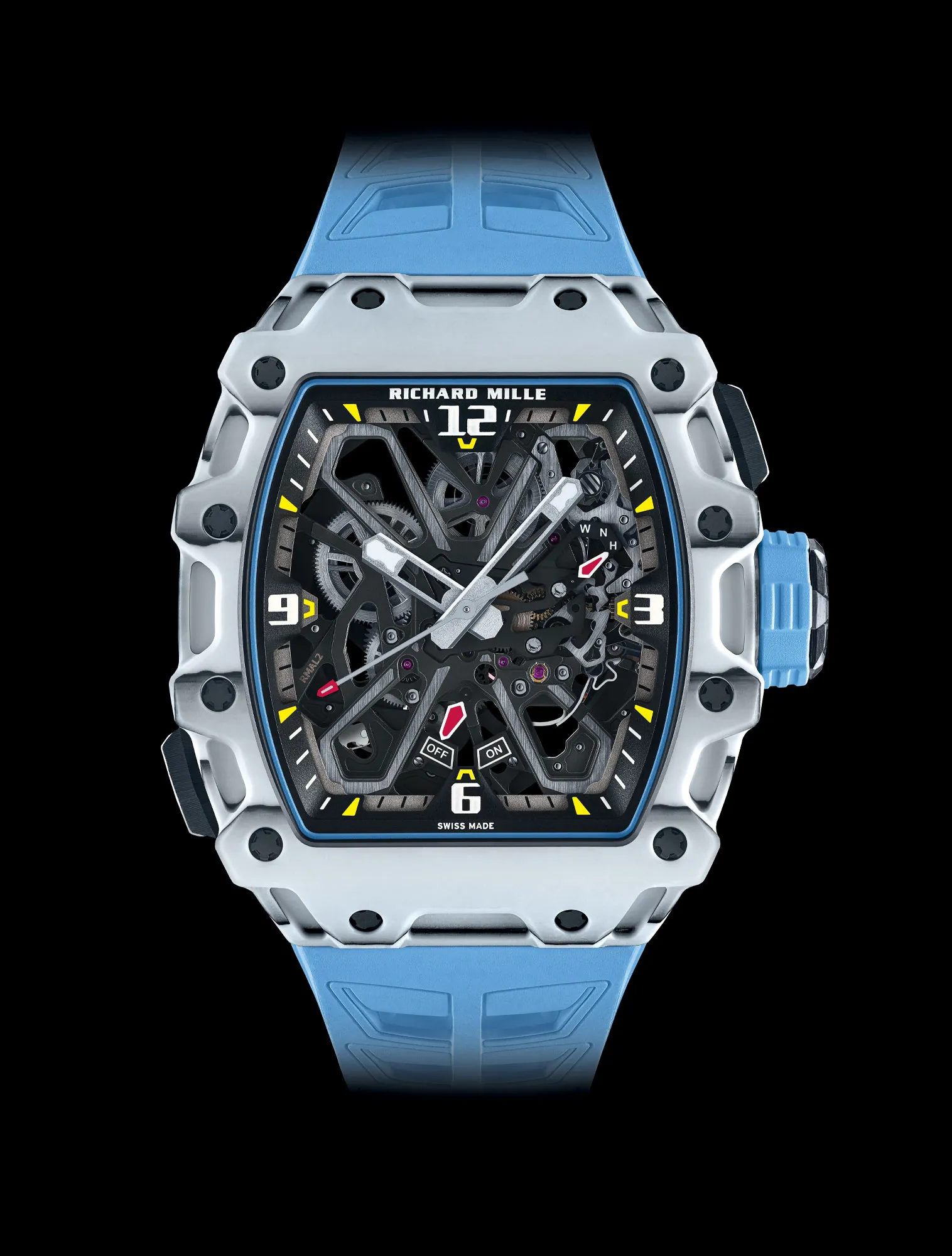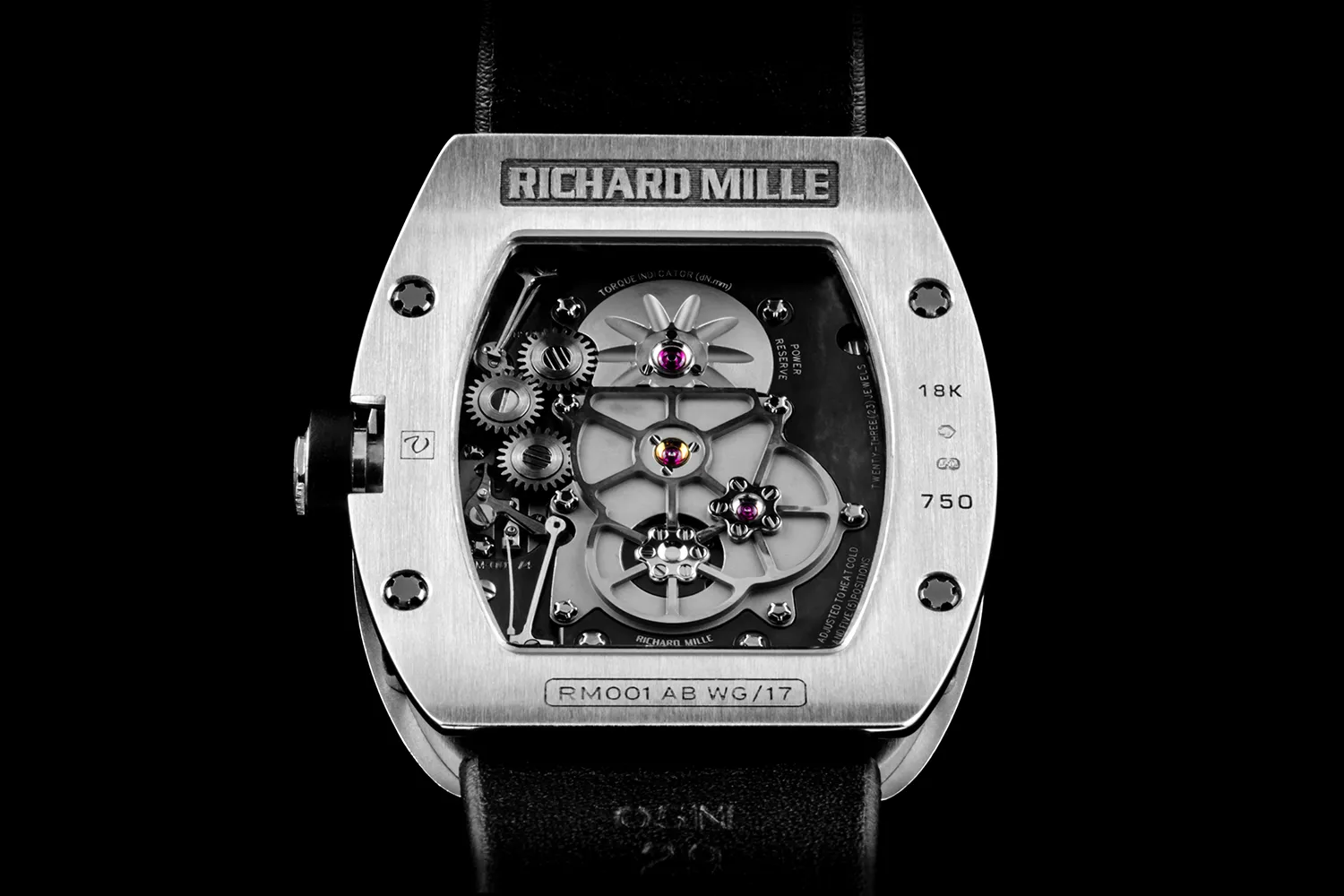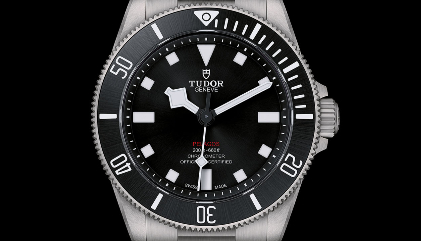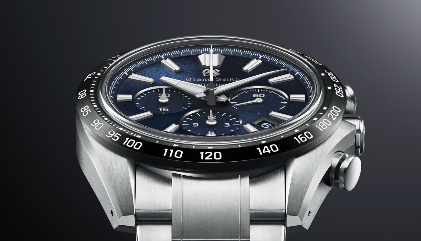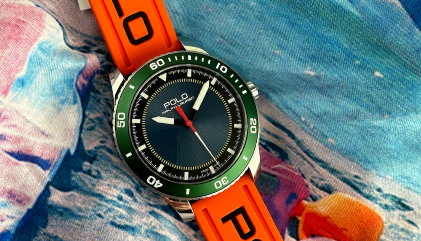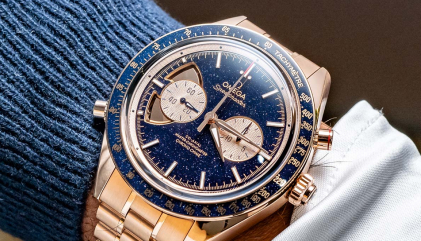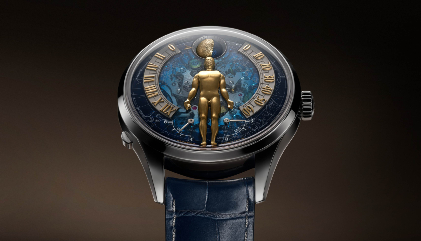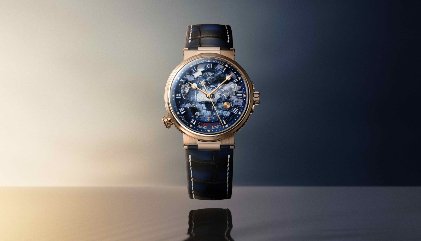What does it take to be a watch on the wrist of a 20-time Grand Slam winner? It’s a question watchmaker Richard Mille has asked himself more times than one can probably imagine. To a keen eye, aspects like material, shock absorption, weight, and high performance would be vital in such a timepiece. But to Mille, these were only starting points. Each and every one of the eight timepieces that he has created for Rafael Nadal over the course of the past 12 years went well beyond to showcase a world of innovation.
Take, for example, the latest RM 35-03 Automatic Winding Rafael Nadal. Blending the shibboleth of luxury watchmaking with the needs of the wearer, the automatic timepiece brings the ‘Butterfly Rotor’ as an innovation to the forefront. While the calibre of the previous version, the RM 35-02 Automatic Winding Rafael Nadal, had Richard Mille’s signature geometry rotor (more on that in a bit), the new, two-piece butterfly rotor timepiece forms a standard semi-circle when in regular operation until the pusher at the seven o’clock position—the ‘Sport Mode’—is activated. This splits the rotor in two—a gear train dedicated to the rotor deploys the two weights at 180° (thus, making them look like wings of a butterfly), positioning the two segments on opposite sides of the axis and removing its ability to spin freely and overwind during high activity. An indicator at 6 o'clock tells the wearer whether the rotor is on or off. When the wearer deactivates the ‘Sport Mode’ using the pusher again, the pivoting lever gets reset and thus goes back to its starting position, i.e., the two halves of the butterfly rotor come together once more.
Also Read | Meet The Richard Mille RM 35-03 Automatic Winding Rafael Nadal
A watch that gives its wearer the direct pass to interact with its performance is rare, and the RM 35-03 Automatic Winding Rafael Nadal is one such design. But the innovation doesn’t end there. The 48mm x 39.7mm watch comes in two iterations—a blue Quartz TPT with a white Quartz TPT caseband, and white Quartz TPT and Carbon TPT with a Carbon TPT caseband. TPT stands for ‘Thin Ply Technology’, a method of making ultra-thin, unidirectional strand sheets of carbon fibres; when fused with quartz fibres, it results in Quartz TPT. These are super-light, high-performance materials typically used in the world of motorsport, aviation, and sailing. Since 2013, Richard Mille has worked with North Thin Ply Technology, a world leader in ultra-lightweight prepreg materials, to create these for a number of watches. Apart from making timepieces light and hardy, the use of TPT also provides a very distinct ‘layered’ design and finish.
The RM 35-03 Automatic Winding Rafael Nadal also has a push-button located at 2 o’clock, with which the wearer can select modes like winding, neutral, and hand-setting, with a hand displaying the selected function. The skeleton watch has sapphire crystals on both sides, its baseplate and bridges made of Grade 5 titanium with PVD treatment. Powering this advanced timepiece is Calibre RMAL2, which gives it a power reserve of 55 hours. The case is water-resistant to 50 metres with the help of two Nitrile O-ring seals. The skeleton dial design allows the wearer a closer look at the complicated, detailed workings of a typical Richard Mille complication.
The Legend of the Watchmaker
The RM 35-03 Automatic Winding Rafael Nadal is only the latest example of how Mille and Nadal’s association has created a whole sub-genre of high-performance watches, and it’s a legacy that goes back to 2008, when post the champion’s victories at the Roland Garros and Wimbledon, the two joined hands. On Richard Mille’s website, Nadal is quoted saying, “Richard came to my house and showed me a model saying, ‘This is the watch that we made for you’. The watch was platinum, so very heavy. I was very confused and didn’t realise that he was joking. As soon as I tried the real watch on, I loved it. We were on the same wavelength. The watch is now like a second skin for me.”
The watch in question was the RM 027 Tourbillon Rafael Nadal, and by the time the partnership was made official in 2010, Richard Mille had been making watches for almost 18 years. A Frenchman, Mille started his association with watches in 1992, when he headed the watchmaking department of the French Mauboussin Jewellery. Here, Mille started producing advanced yet traditional timepieces married with modern discipline and techniques, going as far as to establish a relationship with Swiss National Centres of Competence in Research, the research wing of the Swiss National Science Foundation, in a bid to understand and create blueprints and shapes with unconventional materials to produce technical timepieces.
Towards the start of a new millennium, Mille left Mauboussin Jewellery to establish his own watchmaking venture with friend Dominique Guenat (of Guenat SA Montres Valgine watches). This was also the period when Mille made the brilliant move of partnering with Audemars Piguet for the manufacturing of his watches, even while maintaining full autonomy, with assistance from the horological laboratory Audemars Piguet Renaud Papi (APRP). He launched his first timepiece, the RM 001 Tourbillon, at Baselworld 2001. The Richard Mille signature tonneau-shaped watch, this time in white-gold, with the eight exposed titanium screws, was unveiled to the world as being extremely shock resistant—the case and movement were conceived simultaneously without any casing ring mounting, and the baseplate was made of German silver with a black PVD treatment, unique at the time, which helped reduce the need for lubrication and provided much harder protection. So confident was Mille of his tourbillon calibre that it is said that he threw the watch to the ground at Baselworld to prove his point to retailers.
Also Read | Oddball timepieces & their fascinating origin stories
This 38mm watch featured a black alligator strap, had a power reserve of 70 hours, and was water-resistant up to 50 metres. It was followed by the RM 002 Tourbillon, the first watch to feature a titanium baseplate, and a year later came the RM 003 Tourbillon Dual Time Zone featuring a dual timezone tourbillon, made from isotropic composite material created from carbon nanofibres. Bridges of this watch were made in Grade 5 titanium (90 per cent titanium, 6 per cent aluminium, and 4 per cent vanadium), making it highly corrosion resistant. The centre of the dial was made in transparent sapphire crystal and the dual timezone could be adjusted using a pusher at 9 o'clock.
Years of Innovation
Mille’s groundbreaking, inventive ideas and use of unconventional materials extended to his partnership with Nadal as well. Back in 2010, the association began with the ultra-light 48mm x 39.7mm RM 027 Tourbillon Rafael Nadal, which sought to withstand the shocks incurred during a tennis match. Limited to just 50 pieces, it featured a lightweight black carbon fibre case and a flexible polycarbonate strap, its baseplate made of titanium and a unique lithium alloy called LITAL, containing aluminium, copper, magnesium and zirconium, and popular in aeronautics for being lightweight. The timepiece weighed less than 20g (including the strap), its case made of carbon composite, which in turn provided a strong environment for the tourbillon to rest within; the back bezel and caseband were made in monobloc. Powered by Calibre RM 027, the watch had a power reserve of 48 hours. What really stunned fans and the watch industry was the fact that Nadal was wearing a type of watch that would typically be on a collector’s radar. A watch carrying a price tag of more than $500,000, worn during a tennis match.
To read the full story, subscribe to WatchTime India, or pick up the latest Jan-March 2022 issue.
All images: Courtesy Richard Mille and ATP






